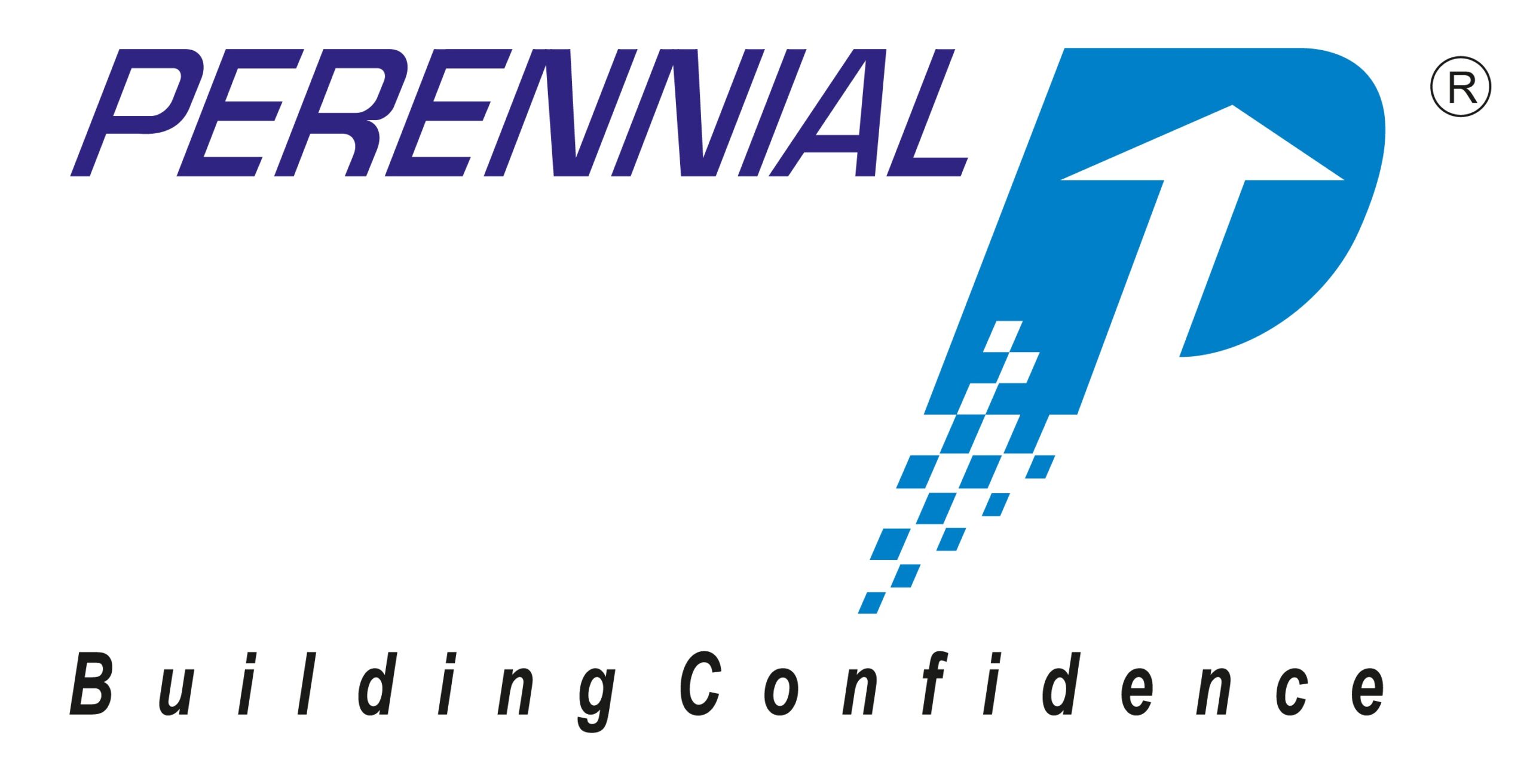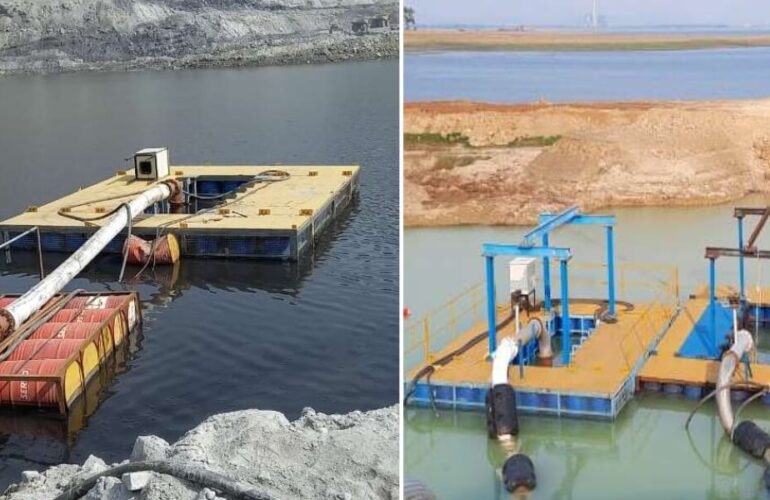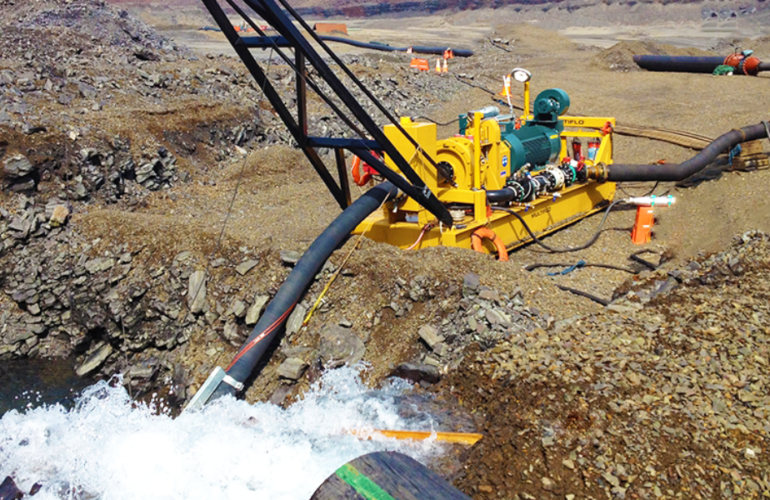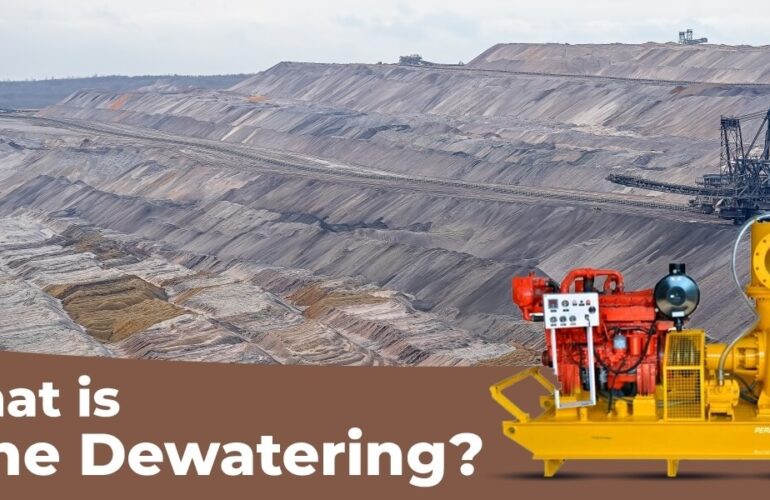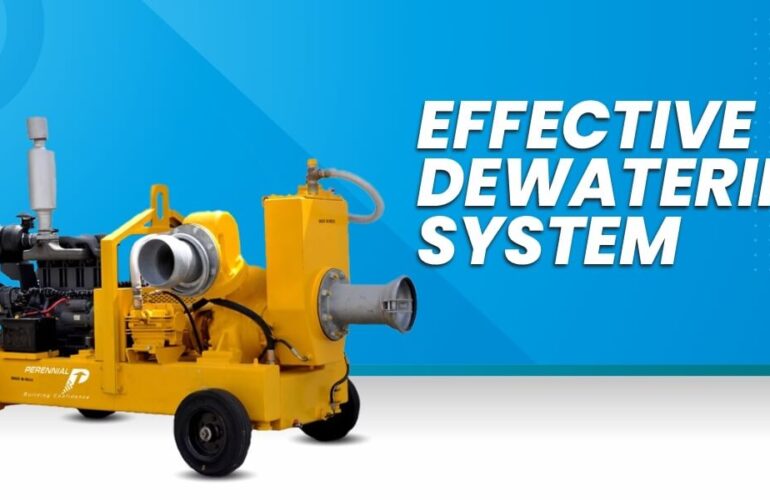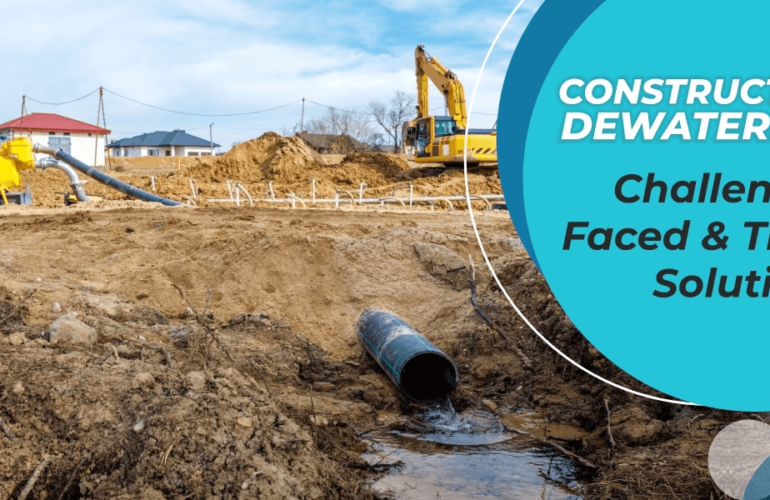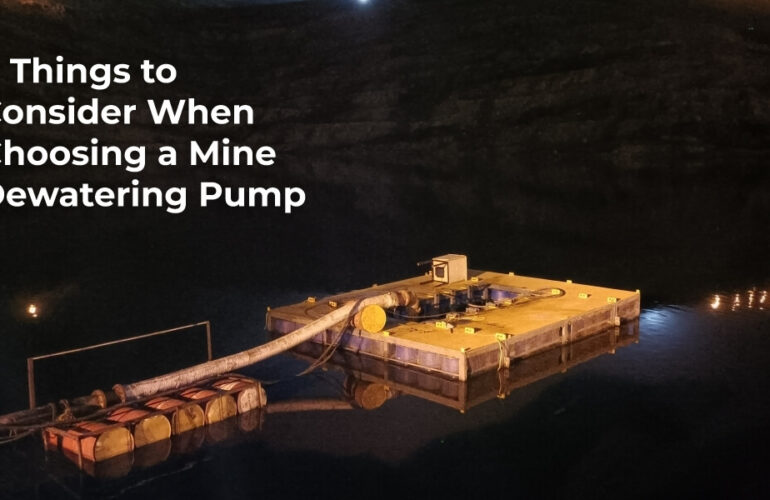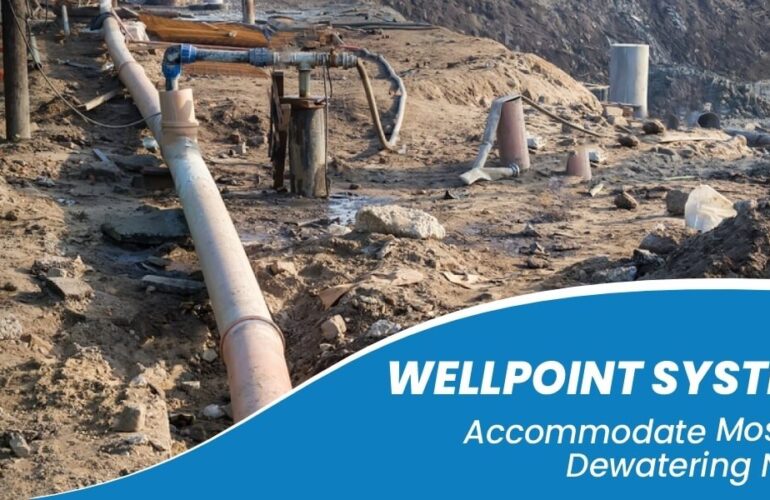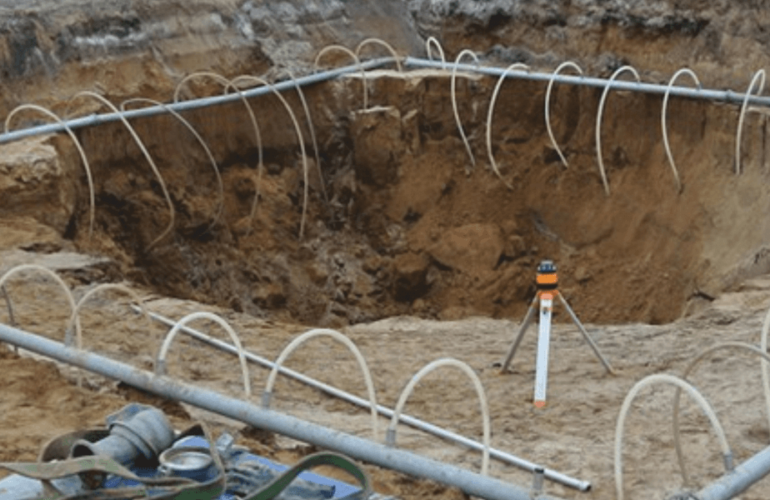Getting Started
The mining industry is a very vast industry. For operations to be profitable, pump efficiency and reliability are very essential. There are many applications of mine dewatering that include slurry and tailings removal, source and process water, general dewatering, truck washing, and dust suppression. Maximizing a pump’s performance is vital to make the most out of a dewatering mining pump.
There are two types of dewatering pumps for mines, electric-driven pumps, and diesel-driven pumps. The mining industry mostly relies on diesel-driven pumping. However, nowadays, the mining industry is also giving preference to the use of portable electric-driven pumps. These pumps are emerging as another popular choice. Electric-driven pumps offer performance and return on investment (ROI) benefits, as well as application versatility.
Dewatering pumps for mines have a variety of applications. Thus, users should choose a mining pump that is not only versatile but also safe, trouble-free, and productive.
Unlocking a Dewatering Pump’s Potential in Mining Applications
How to unlock a dewatering mining pump’s real potential in mining applications? For this, you first need to understand the different types of dewatering pumps for mines and their benefits and drawbacks. Also, you need to consider your specific site requirements.
Let us look at the benefits of both, electric-driven pumps, and diesel-driven pumps.
Benefits of Electric-Driven Pumps
Versatility
For the ever-changing needs of mining sites, versatility is essential. Electric pump packages can bring this efficiency. With this, users can achieve multiple things in multiple applications with one pump, they just simply need to adjust the speed.
For mining applications, the flexibility of electric-driven pumps maximizes return on investment.
Clean running
Pumps need to be safer, cleaner, and more efficient because environmental regulations are becoming more strict. For mining applications, electric-driven packages can be an environmentally friendly option. Electric motors in electric-driven pumps eliminate emissions and diminish hazardous waste cleanup from leaks. It also abides by the other Environmental Protection Agency (EPA) regulations. The cleaner running equipment minimizes the cost of dealing with emission issues and hence, these environmental benefits also in turn lead to financial benefits.
End-to-end performance
Electric-driven pumps can adapt to the ever-changing needs of the site. Electric-driven pumps are very versatile. When paired with a variable frequency drive (VFD) the efficiency and performance specifications of each application can be achieved.
Ease of maintenance
Electric-driven pumps have high wear resistance and hence, they are extremely durable. These pumps can be paired with advanced controllers with data monitoring capabilities to notify the end user when service intervention is required. This allows for preventative maintenance without additional labor to manually check the pump.
Benefits of Diesel-Driven Pumps
Applications
When there is a high volume of water discharge, Diesel-driven pumps are considered. Because they are designed to handle such high volumes of water discharge. For centrifugal pumps, discharge diameters typically range from 75-200mm. These pumps can work with clean or dirty water both. They can handle trash and fibrous materials too.
For fast dewatering solutions on sites where there is no other power source available, self-priming diesel centrifugal pumps are used that are fully automatic. If these pumps are equipped with forklift slots and a lifting eye, their transportation and storage handling at remote sites also becomes easier.
Some diesel-driven pumps come with an extra-large fuel tank which allows them to run for longer periods of time. This reduces interruptions in work that occur while refueling.
As on high altitudes, there is low pressure, diesel-driven pumps are not suitable. Because these environmental conditions can negatively affect the performance and efficiency of the pumps.
These pumps also should not be used in thin oxygen levels because this will need a wider throttle opening to pull in an adequate amount of air. This results in more fuel being burned. These pumps should also be avoided from being used in areas where a spillage could harm wildlife or contaminate drinking water or where there is a high risk that the fuel could spark an explosion.
Flow and power
Diesel-driven pumps have an operating flow between 50-830 m³/h, with a head of up to 51m. Operating at a variable speed range, diesel-driven pumps can work best for different applications and their flow/head combinations.
Maintenance
Diesel-driven pumps are designed especially for endurance and reliability. When compared to electric-driven pumps, diesel-driven pumps require more frequent maintenance. Refueling causes the operations of these pumps to be interrupted. This, in turn, delays work and increases the final cost. New techniques come here to help. They have reduced the amount of maintenance required in a way that some diesel-driven pumps can be equipped with an extra-large fuel tank due to which they can run for longer periods of time. This reduces interruptions in work that occur while refueling.
Also, new techniques require oil and filter changes only every 250-300 hours and they can run without maintenance for up to 1,500 hours and still have a factory warranty.
Final Selection of a Pump
How will you do the final selection of a pump? Both diesel and electric-driven pumps have their own benefits for mine sites depending on the specific site requirements.
When compared to diesel pumps, electric-driven pumps have a cost benefit across the lifecycle of the pump. Diesel-driven pumps remain the better choice in terms of maintenance and fuel and in a number of other circumstances.
The operating conditions for a pump is also one of the key determining factors when choosing the type of pump.
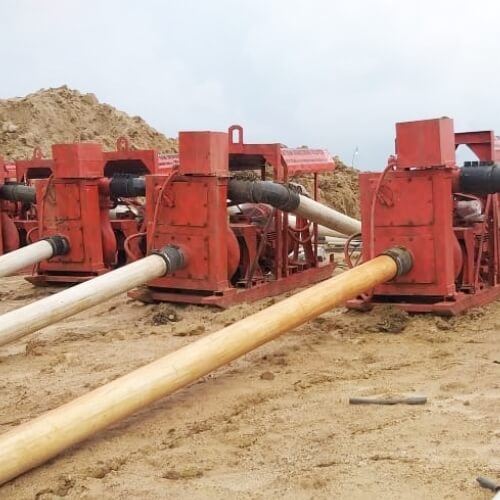
For electric-driven pumps, if there is no access to power on-site, the cost of a generator will get added. In such cases, diesel-powered pumps are likely to be the better option.
Electric-driven pump may not be as cost-effective as a diesel-driven pump if on-site power is not available across the mine site to allow an electric-driven pump to be used in multiple applications. Diesel-driven pumps are also a good choice where they will be used across a site for temporary applications.
However, where there is on-site power availability, electric-driven pumps can provide a better return on investment and they also prove to be more cost-effective. They also provide a more environmentally-friendly and safer option for mine operations.
The buyers of a dewatering mining pump should always discuss the application needs directly with their manufacturer when specific applications are considered. When selecting between a diesel-driven and an electric-driven pump, you must consider the things discussed above.
Connect with Perennial Technologies Pvt. Ltd. which will guide you with the proper selection of the pump! You can contact us if you too need help selecting the best dewatering pumps for mines.
